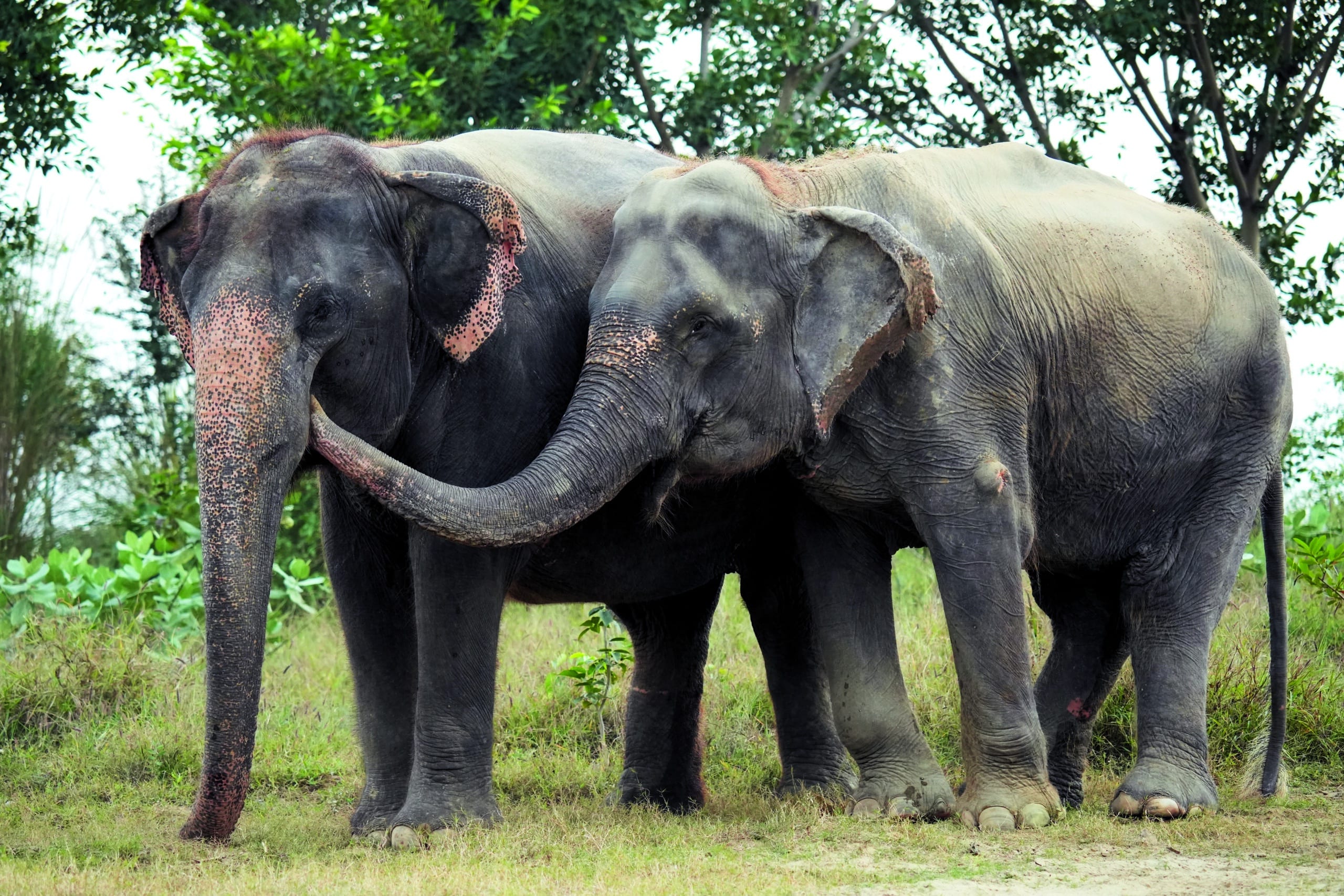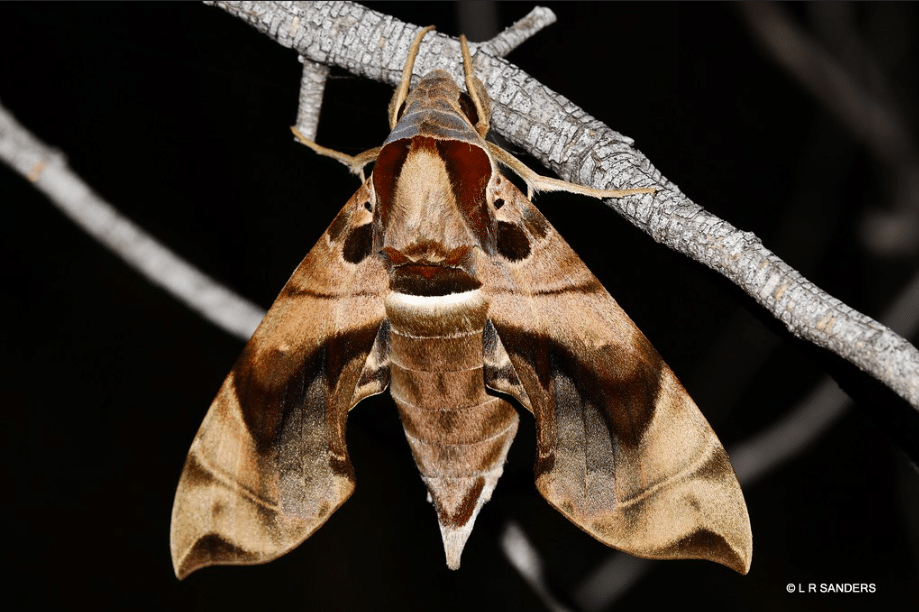You might remember Kalpana—I am happy to report that this year she celebrates her fifth rescue anniversary at Wildlife SOS. Formerly exploited and abused as a ‘begging’ elephant in Uttar Pradesh, Kalpana was rescued in 2019 and brought to the Wildlife SOS Elephant Hospital Campus (EHC) in Mathura for comprehensive...
Commonwealth and NSW Governments complicit in destroying endangered forests across the Sydney basin
As Threatened Species Day passes us by and Biodiversity Month continues, Humane Society International (HSI) expressed its outrage following the loss of yet more endangered forests in NSW.
The Commonwealth and NSW State Governments have been complicit in the ongoing destruction of a number of highly endangered forests and woodlands across the Sydney region. This is evidenced by the destruction yesterday and today of remnant ‘Cooks River/Castlereagh Ironbark Forest of the Sydney Basin Bioregion’ in Wolli Creek, to make way for a car park for the WestConnex road building machinery.
HSI had prepared a scientific proposal to protect the Cooks River/Castlereagh Ironbark Forest in 2012 under the Commonwealth’s Environment Protection and Biodiversity Conservation Act, 1999 (EPBC Act) with its listing as a “Critically Endangered” ecological community occurring in 2015. The forest community is estimated to have undergone a very severe decline in the order of 80 – 95% since European settlement. The forest occurs predominantly in the Cumberland Plain, while the WestConnex also threatens the HSI nominated green and golden bell frog.
Ironbark Woodlands, Western Sydney
The Commonwealth needed to step in and fully protect these critical remnant forests where the NSW Government was failing, and dispense with its own dangerous ‘offset’ policy which simply sanctions environmental devastation. Sadly now it is all too late for these endangered forests.
The combined impacts of the NSW Government’s plans for new and chronically weak biodiversity laws and the Federal Coalition Government’s plans to devolve all its national environmental powers to the states and territories, means that no threatened forest and woodland area in the Sydney basin is safe from developers.
Many other threatened habitats are also being negatively impacted across the Sydney basin, including the endangered ‘Duffys Forest Ecological Community’ where the state government is building the new Northern Beaches Hospital, which has involved the clearing of 4.9 hectares of the forest – and where the destruction threatens the grey-headed flying-fox and the powerful owl, two listed species under state and Commonwealth law.
The habitat remains critical for the threatened powerful owl. Photo: CSIRO
Two other threatened ecological communities on the northern beaches are being “trimmed” by the Northern Beaches Council, in cahoots with the NSW Office of Environment, in a forlorn effort to move on threatened grey-headed flying-foxes. The endangered ‘Spotted Gum Forest Ecological Community’ and the endangered ‘Littoral Rainforest Ecological Community’ are listed under the Threatened Species Conservation Act 1995 (the Littoral Rainforest is “Critically Endangered” under the EPBC Act), yet they merely appear to be getting in the way of government intent to clear the flying-foxes from the vicinity. The habitat remains critical for the threatened powerful owl, long-nosed bandicoot and squirrel glider. HSI has been working with the Environmental Defenders Office (EDO) to try and stop the damage being done to these critical habitats.
Enough is enough! The NSW government must take the occasion of Biodiversity Month 2016 to back away from its biodiversity law review; the Commonwealth must give up on its plans to devolve national environment powers and both state and Commonwealth laws must make all listed ‘Threatened Ecological Communities’ “no-go red-light areas” to all forms of development. HSI will continue to look at all legal options to stop the future destruction of such habitats.




